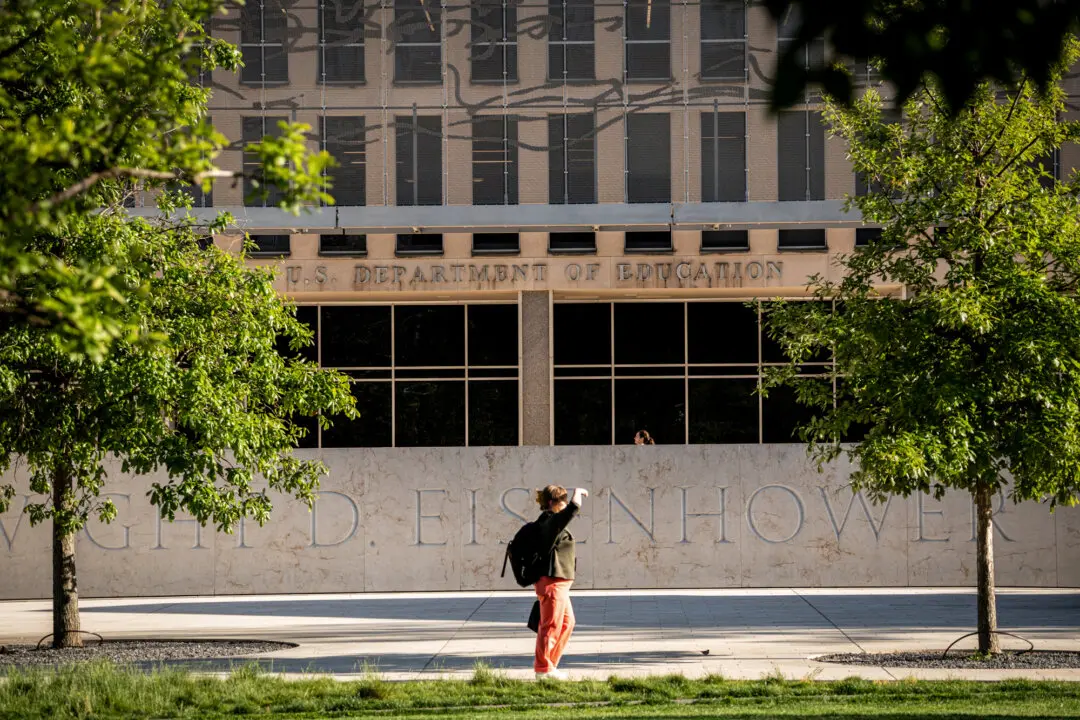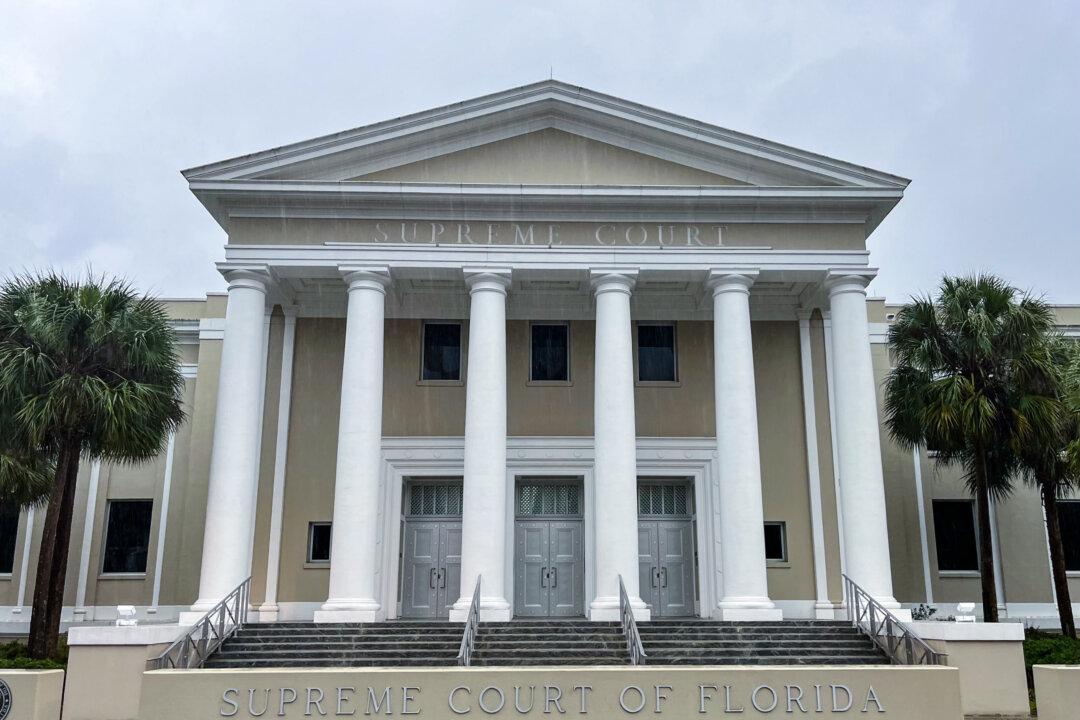Months after the U.S. Supreme Court blocked a blanket federal student loan debt cancellation plan, the Biden administration is proposing a new way for as many borrowers as possible to qualify to have their remaining balance discharged.
Under a plan unveiled on Feb. 15, the U.S. Department of Education said it would consider “hardship” in borrowers’ lives that could hinder the progress of repaying their loans when the agency determines who is eligible for debt relief.





